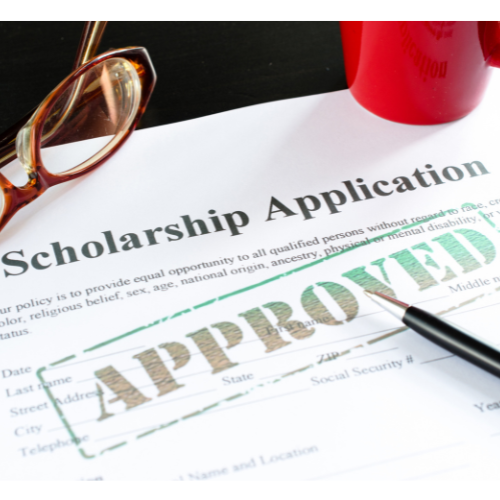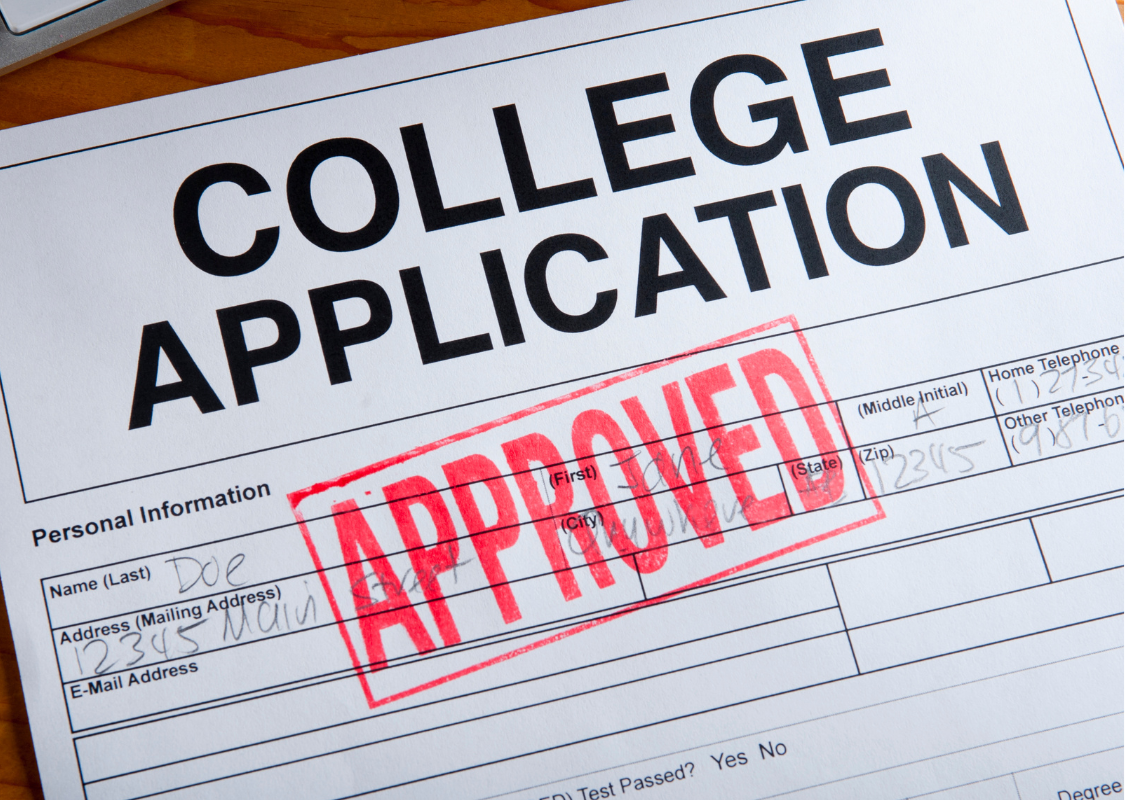What is a letter of recommendation?
This is a letter written by a high school teacher, guidance counselor, mentor, employer, coach or arts coordinator to a school you are applying to vouching for you and explaining why you are a good fit for a school.
Which letters of recommendation do I need?
In most cases, schools require a minimum of three letters of recommendation: two teachers’ recommendations and a guidance counselor’s recommendation. It is highly advisable to have a recommendation from a sciences teacher, and another one from a humanities teacher. A science could be biology, physics, mathematics or chemistry. On the other hand, humanities include History, English or Geography.
If you are applying for a specific major, it is important to get at least one letter of recommendation from a subject that is tied to your intended major. For example, if you plan on majoring in Biology, then why not get a letter of recommendation from a Biology teacher? This way, your application will be well-themed and therefore stronger.
And yes, you don’t have to worry if your school does not have a guidance counselor! A class teacher can recommend you in place of a school counselor.
Who should I request for a letter of recommendation?
You may have scored all A’s, but you surely would not ask for a letter of recommendation from just any teacher, especially just because you did well in their subject. There is more to it than just doing well in that particular subject. It is highly advisable to request letters of recommendation from teachers who know you well, both in and out of class, preferably, a teacher who has taught you for the longest time.
Go to that teacher who is a friend and request for that letter of recommendation. Let’s look at this scenario, you have two options, a teacher of English who just taught you in class, and another one who was your poetry club patron and classroom teacher. I will definitely advise that you go for the latter, because the teacher knows your abilities both in class and out of class.
If you would want to submit an additional recommendation letter outside the ones required by the school, for instance one by a sports coach, employer or mentor in a research lab, then be sure to have a stellar letter of recommendation. Moreover, be sure that your recommender knows you to the letter, and that he or she can come up with a recommendation that will stand out. This is because this is just additional information you have decided to give, and doing mediocre work in it may be detrimental to your application.
Why are letters of recommendation important?
You may be wondering why you have to go through all this hassle, for just a letter of recommendation. And you may even think that everything about you has been captured in the application, and the letters of recommendation aren’t really important. On the contrary, this is an important aspect of your application. Letters of recommendation give substance to everything you said in the essays. They add a person to the SAT scores, GPA e.t.c. Your recommenders reinforce what the teachers said, and so the admissions officers take everything more seriously!
Letters of recommendation can be life savers sometimes. Many applicants have almost the same test scores, and their essays may be at the same level. In such a case, a good letter of recommendation can make one stand out. It could get you off the waitlist. Isn’t that good news?
When should you request letters of recommendation? How should you do it, and who submits them and how?
If you are planning to apply to an Early Decision School, be sure to have your letters of recommendation completed by September. This will give your recommenders adequate time to go through them and correct any mistakes they may have made. And if you are planning to apply for the Regular Decision Admission pla, be sure to have them done by November.
It is advisable to contact your preferred recommender, either through a phone call or email and request them if they can write you a letter of recommendation. Be sure to be kind, respectful and polite even as you do so. Once they have agreed, you can now proceed to the recommenders section of your common app and invite your teacher or counselor.
Make the arrangements as early as you can, to give the recommenders enough time to write you a letter of recommendation.
About submission, you DO NOT submit your letters of recommendation; your teachers do. They can submit them electronically, or physically via mailing them. Electronic means however, have proved to me more efficient. Before submission, liaise with your teachers to ensure that the letters of recommendation are signed, stamped and have a letterhead on them.
Lastly, if your recommender does not speak or write in English, they can always write the recommendation in the language they use, and then it can be translated by a teacher of English or any other person who can be of help.
Remember to mention that it has been translated, and submit both copies. However, if your school does not require you to translate, then submit it as it is.
NOTE THAT:
- When you tell your recommender of the things you would want them to highlight in your letter, DO NOT LIE!
- And remember to waive your FERPA rights.









